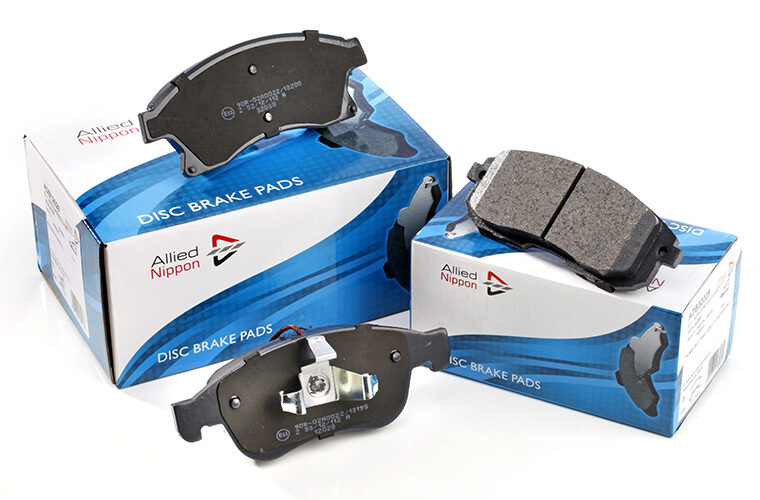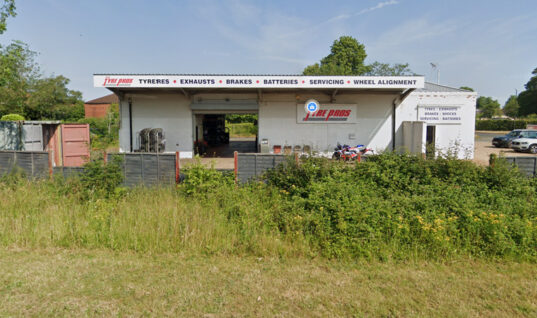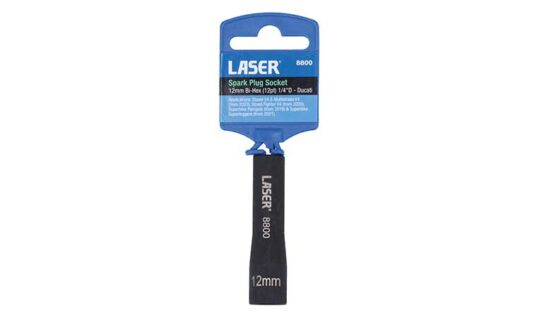Allied Nippon dives into its technical glossary to highlight its expertise but, most importantly, to come to the aid of technicians when removing and fitting brake pads. Here, the manufacturer examines ‘brake fade’.
Causes of brake fade
Regardless of the component that is failing, brake fade typically occurs when excessively high temperatures are generated from heavy braking or load. This can see brake fade occur for two main reasons:
Material transfer: As a result of very high braking temperatures the friction material of a brake pad begins to break down and adhere to the disc. The pad then contacts with an irregular surface causing premature wear to both pad and disc, which can result in brake judder and, ultimately, brake fade.
Gas slide: Brake fade can also be attributed to ‘gas slide’, a term Allied Nippon has coined to describe how resins inside a brake pad turn to gas at high temperatures.
A layer of gas forms between pad and disc, causing the pad to literally ‘slide off’ the disc and, consequently, brakes to fade. As temperatures calm, this gas will dissipate and reliable, normal braking will return. Constant exposure to such temperatures, however, is likely to permanently damage a brake pad, as its essential resin content would all ‘burn off’ into gas.
The importance of bedding-in
To help avoid these issues, technicians fitting new brake pads and discs should always strive to educate their customers on the importance of ‘bedding-in’. Allied Nippon recommends that, unless the situation requires, customers should avoid heavy braking during the first 300 miles after fitment.
Modern, high-quality brake pads and discs are highly unlikely to suffer brake fade if bedded-in correctly, used within normal driving conditions, and changed in-line with manufacturer’s recommended service intervals.
Allied Nippon is also encouraging drivers to think about the brake pedal. The harder it is worked, the higher the loads, and the greater the braking temperatures, thus increasing the potential for brake fade and the jeopardy that can create for the motorist.
Trust Allied Nippon
While all braking products can be susceptible to issues in the face of consistent misuse or a failure to bed-in, choosing a brand with quality technicians can trust is nonetheless important. And, by consistently delivering reliability and braking performance, trust is something that Allied Nippon has engendered with technicians across Europe.
Underpinning Allied Nippon performance is the brand’s comprehensive quality testing regime. For example, its brake pads are designed, manufactured, and tested to perform at searing temperatures; in fact, performance is validated up to 700°C to guarantee performance in all conditions.
Why does Allied Nippon go to these lengths? In short, to ensure its products can deliver in real-world scenarios that go beyond the norm. A motorist heading off on holiday, for example, might attach a heavy, overloaded trailer to their vehicle, and this additional load increases the potential for elevated temperatures where brake fade could occur.







